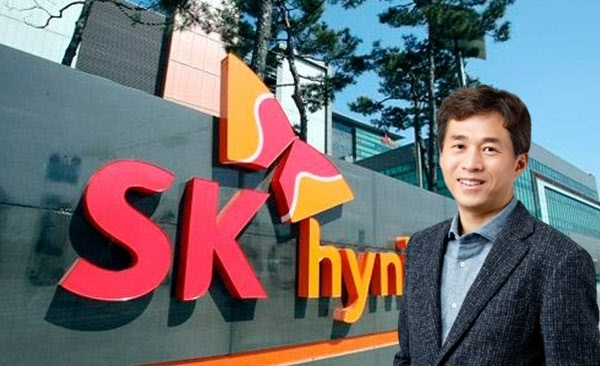
Gwak Noh-Jung, CEO of SK hynix
On July 24, SK hynix announced that it achieved revenue of KRW 22.232 trillion, operating profit of KRW 9.2129 trillion, and net income of KRW 6.9962 trillion in the second quarter of 2025. Both revenue and operating profit surpassed the company’s previous records set in the fourth quarter of 2024, and the operating margin reached 41%.
Compared to market expectations, operating profit met the heightened outlook after Micron’s results, while revenue exceeded market estimates by about 7%. SK hynix explained the revenue outperformance as being due to uncertainty over tariffs. Major customers purchasing semiconductors had initially planned to maintain more conservative inventory levels in response to concerns about weakening demand in the second half, but they changed their tactics to maintain adequate inventory in consideration of tariff risks.
This strong performance was again led by HBM, a memory semiconductor for artificial intelligence (AI). SK hynix stated, “As global big tech firms are actively investing in AI, demand is continuing to grow,” adding that it will maintain its plan to double year-on-year sales in the HBM sector.
SK hynix’s financial soundness has become even more solid as the company continues to post operating margins above 40%. At the end of the second quarter, cash and cash equivalents totaled KRW 16.96 trillion, marking an 75% increase from KRW 9.69 trillion a year earlier. During the same period, the net debt ratio dropped by 20 percentage points to 6%.
Market attention is now focused on next year’s outlook. U.S. investment bank Goldman Sachs downgraded its rating on SK hynix last week from “Buy” to “Neutral,” citing concerns that HBM prices could decline next year.
The next-generation HBM4, which SK hynix is set to launch in full scale in 2025, may face margin pressure. Competitive order bidding with Samsung Electronics and NVIDIA, as well as joint development efforts with TSMC, are expected to weigh on profitability.
At the earnings briefing, an SK hynix official said, “For HBM4, we will adopt a pricing policy that reflects increased costs. We will strive to sustain profitability while promoting further growth in the AI market.”
Gwak Horyung (horr@fntimes.com)





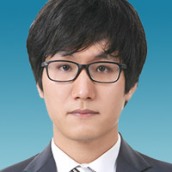





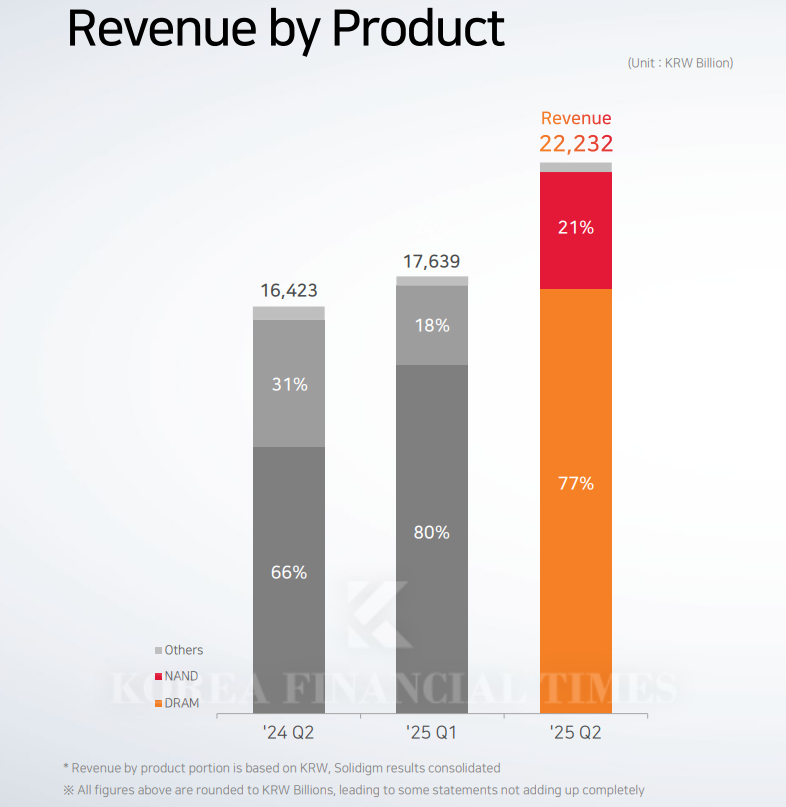
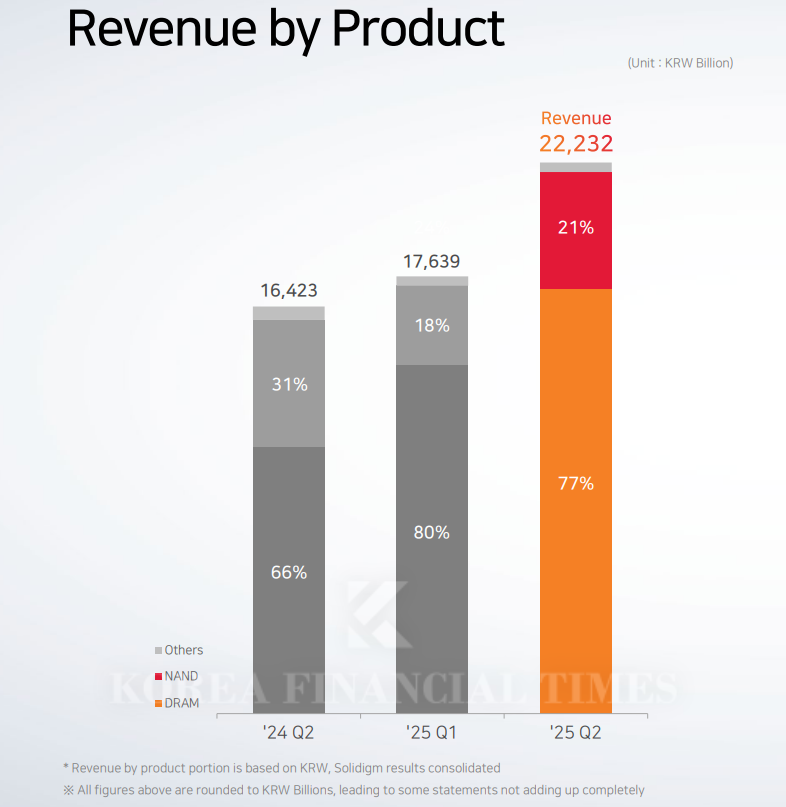





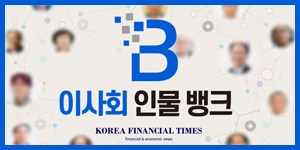
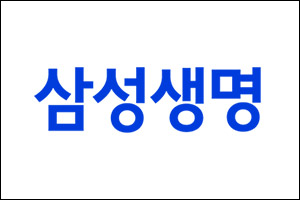









![[단독] 경찰, 성수1지구 조합사무실 전격 압수수색](https://cfnimage.commutil.kr/phpwas/restmb_setimgmake.php?pp=006&w=69&h=45&m=5&simg=202512141148090325408579a3016121129764.jpg&nmt=18)
![12개월 최고 연 3.25%…SC제일은행 'e-그린세이브예금' [이주의 은행 예금금리-12월 2주]](https://cfnimage.commutil.kr/phpwas/restmb_setimgmake.php?pp=006&w=69&h=45&m=5&simg=2025121210470000235300bf52dd2121131180157.jpg&nmt=18)
![기관 '올릭스'·외인 '에코프로'·개인 '알테오젠' 1위 [주간 코스닥 순매수- 2025년 12월8일~12월12일]](https://cfnimage.commutil.kr/phpwas/restmb_setimgmake.php?pp=006&w=69&h=45&m=5&simg=2025121315184504772179ad439072211389183.jpg&nmt=18)
![기관 '이수페타시스'·외인 'SK하이닉스'·개인 '삼성전자' 1위 [주간 코스피 순매수- 2025년 12월8일~12월12일]](https://cfnimage.commutil.kr/phpwas/restmb_setimgmake.php?pp=006&w=69&h=45&m=5&simg=2025121315092605936179ad439072211389183.jpg&nmt=18)
![12개월 최고 연 3.20%…동양저축은행 '정기예금' [이주의 저축은행 예금금리-12월 2주]](https://cfnimage.commutil.kr/phpwas/restmb_setimgmake.php?pp=006&w=69&h=45&m=5&simg=20251213213334054376a663fbf34175192139202.jpg&nmt=18)
![윤건수 DSC인베 대표, 관리보수 116억원 유입…세컨더리 투자 투트랙 전략 [금융권 2025 3분기 실적]](https://cfnimage.commutil.kr/phpwas/restmb_setimgmake.php?pp=006&w=69&h=45&m=5&simg=2025061403084000104dd55077bc212411124362.jpg&nmt=18)
![[프로필] 이완진 농협생명 신임 부사장, 보험 자산운용·투자전략 전문가인 '생명맨'](https://cfnimage.commutil.kr/phpwas/restmb_setimgmake.php?pp=006&w=69&h=45&m=5&simg=20251204201543076308a55064dd1211217107175.jpg&nmt=18)
![24개월 최고 연 3.10%…진주저축은행 '안심정기예금' [이주의 저축은행 예금금리-12월 2주]](https://cfnimage.commutil.kr/phpwas/restmb_setimgmake.php?pp=006&w=69&h=45&m=5&simg=20251214034515073376a663fbf34175192139202.jpg&nmt=18)
![[프로필] 서성현 농협손보 신임 부사장, 리스크 관리·투자 운용 전문가](https://cfnimage.commutil.kr/phpwas/restmb_setimgmake.php?pp=006&w=69&h=45&m=5&simg=20251205102012020079efc5ce4ae1439255137.jpg&nmt=18)
![24개월 최고 연 4.50%…키움저축은행 '아이키움정기적금‘ [이주의 저축은행 적금금리-12월 2주]](https://cfnimage.commutil.kr/phpwas/restmb_setimgmake.php?pp=006&w=69&h=45&m=5&simg=20251214035134052496a663fbf34175192139202.jpg&nmt=18)










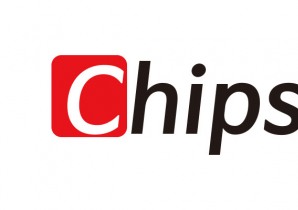
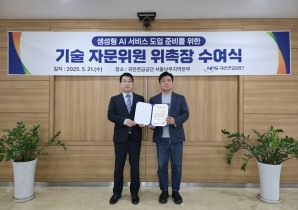
![[카드뉴스] KT&G, 제조 부문 명장 선발, 기술 리더 중심 본원적 경쟁력 강화](https://cfnimage.commutil.kr/phpwas/restmb_setimgmake.php?pp=006&w=298&h=298&m=1&simg=202509241142445913de68fcbb3512411124362_0.png&nmt=18)
![[카드뉴스] KT&G ‘Global Jr. Committee’, 조직문화 혁신 방안 제언](https://cfnimage.commutil.kr/phpwas/restmb_setimgmake.php?pp=006&w=298&h=298&m=1&simg=202503261121571288de68fcbb3512411124362_0.png&nmt=18)
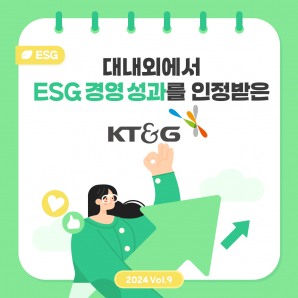

![[카드뉴스] 국립생태원과 함께 환경보호 활동 강화하는 KT&G](https://cfnimage.commutil.kr/phpwas/restmb_setimgmake.php?pp=006&w=298&h=298&m=1&simg=202403221529138957c1c16452b0175114235199_0.png&nmt=18)
![[신간] 고수의 M&A 바이블](https://cfnimage.commutil.kr/phpwas/restmb_setimgmake.php?pp=006&w=81&h=123&m=5&simg=2025091008414900330f8caa4a5ce12411124362.jpg&nmt=18)
![[신간] 리빌딩 코리아 - 피크 코리아 극복을 위한 생산성 주도 성장 전략](https://cfnimage.commutil.kr/phpwas/restmb_setimgmake.php?pp=006&w=81&h=123&m=5&simg=2025032814555807705f8caa4a5ce12411124362.jpg&nmt=18)
![[서평] 추세 매매의 대가들...추세추종 투자전략의 대가 14인 인터뷰](https://cfnimage.commutil.kr/phpwas/restmb_setimgmake.php?pp=006&w=81&h=123&m=5&simg=2023102410444004986c1c16452b0175114235199.jpg&nmt=18)

![[신간] 조금 느려도 괜찮아...느림 속에서 발견한 마음의 빛깔](https://cfnimage.commutil.kr/phpwas/restmb_setimgmake.php?pp=006&w=81&h=123&m=5&simg=20251105082239062852a735e27af12411124362.jpg&nmt=18)

![[AD] 기아 ‘PV5’, 최대 적재중량 1회 충전 693km 주행 기네스 신기록](https://cfnimage.commutil.kr/phpwas/restmb_setimgmake.php?pp=006&w=89&h=45&m=1&simg=20251105115215067287492587736121125197123.jpg&nmt=18)
![[카드뉴스] KT&G, 제조 부문 명장 선발, 기술 리더 중심 본원적 경쟁력 강화](https://cfnimage.commutil.kr/phpwas/restmb_setimgmake.php?pp=006&w=89&h=45&m=1&simg=202509241142445913de68fcbb3512411124362_0.png&nmt=18)
![[AD]‘황금연휴에 즐기세요’ 기아, ‘미리 추석 페스타’ 이벤트 실시](https://cfnimage.commutil.kr/phpwas/restmb_setimgmake.php?pp=006&w=89&h=45&m=1&simg=20250903093618029117492587736121166140186.jpg&nmt=18)
![[AD]‘패밀리카 선두 주자’ 기아, ‘The 2026 카니발’ 출시](https://cfnimage.commutil.kr/phpwas/restmb_setimgmake.php?pp=006&w=89&h=45&m=1&simg=2025081810452407346749258773621116810840.jpg&nmt=18)
![[AD] ‘상품성↑가격↓’ 현대차, 2025년형 ‘아이오닉 5’·‘코나 일렉트릭’ 출시](https://cfnimage.commutil.kr/phpwas/restmb_setimgmake.php?pp=006&w=89&h=45&m=1&simg=202505131018360969274925877362115218260.jpg&nmt=18)



